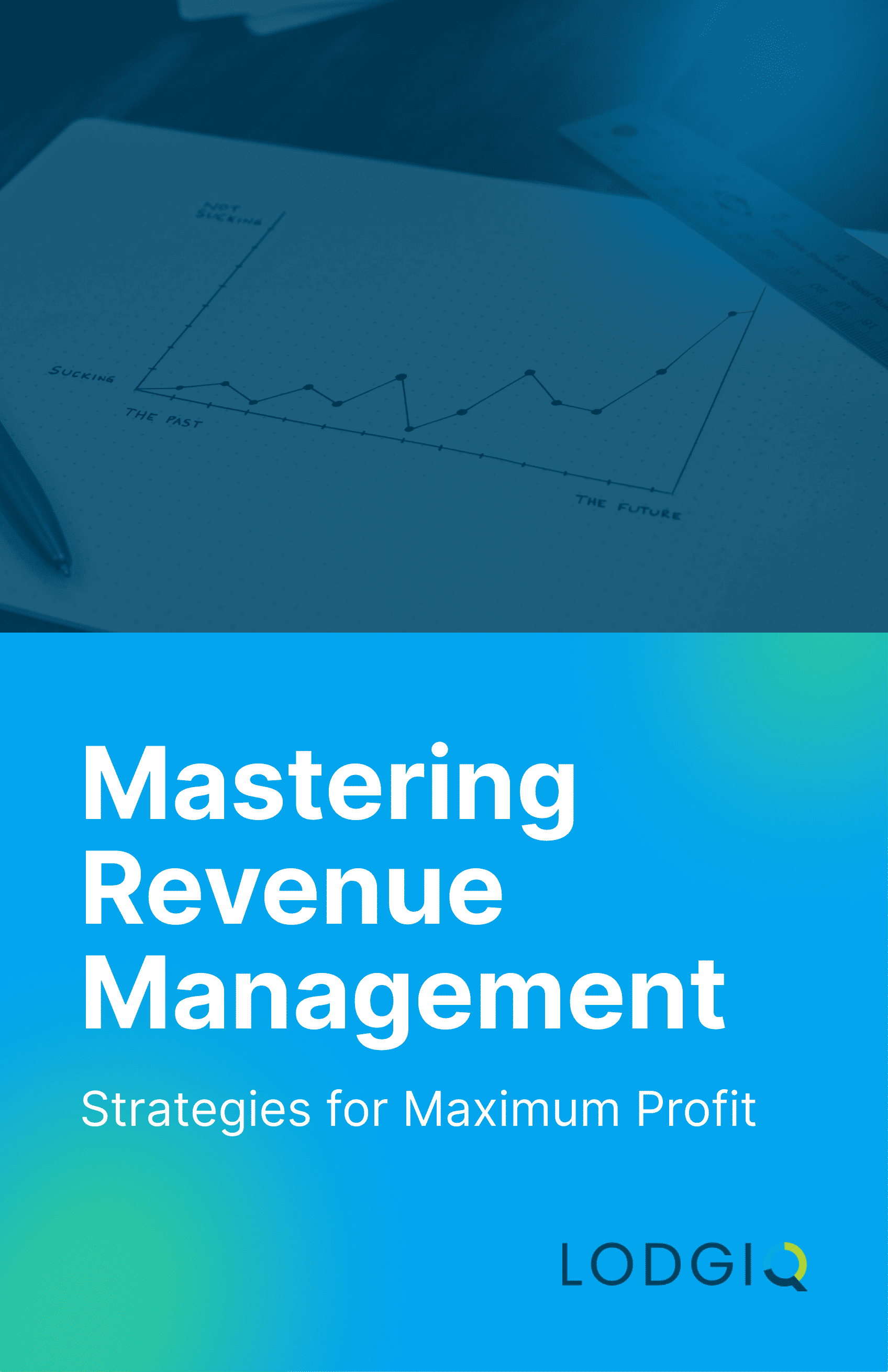Can’t find what you’re looking for? Contact the LodgIQ team.
I've tested various Revenue Management Systems (RMS), but none have impressed me as much as LodgiQ
LodgIQ defines the NEW ERA in revenue management
Finally a system that is easy to understand without unnecessary data and noise


Get exclusive market insights & smart tips to avoid losses.